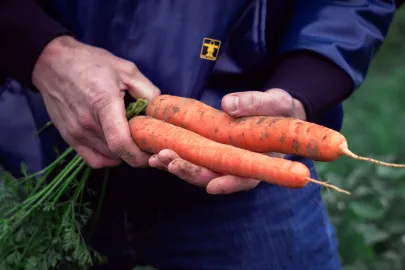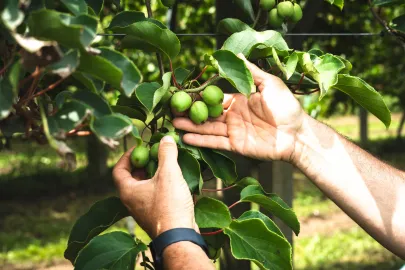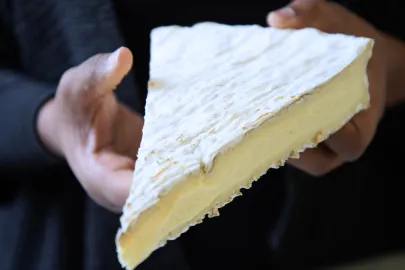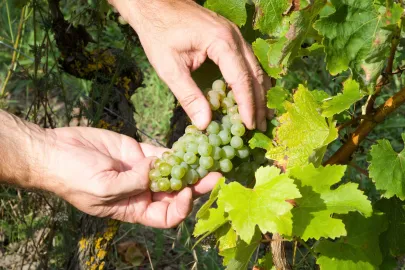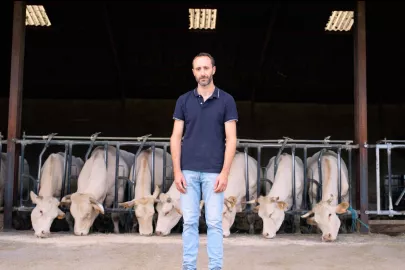Once a mainstay of gardens tended by fishermen’s wives, Coco de Paimpol beans are now grown in an entire region in Brittany as part of a PDO. Midway between the coast and the countryside, farmers continue to apply the traditional know-how that has propelled the bean’s reputation far and wide. Read on for an in-depth look at this important crop.
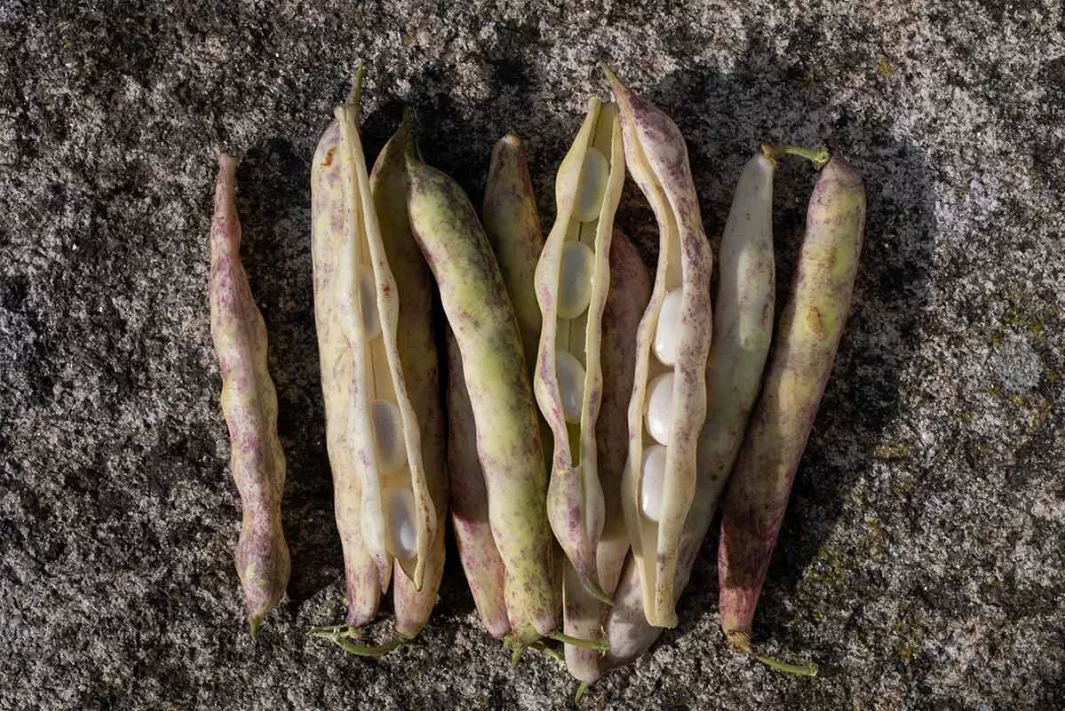
The ocean isn’t far off. In fact, it seems like it’s just around the corner. The air has a particular, slightly heavy texture, and the temperature is rather cool despite the August afternoon. Welcome to Paimpol in Côtes d’Armor, the home of a small, pearly white haricot bean that a sailor brought back from Argentina in 1928. The Coco de Paimpol bean, which is easy to recognise thanks to its purple-marbled, straw-yellow outer layer and its oval-shaped beans, flourishes in this part of France. In 1998, it became the first fresh vegetable and the first product from Brittany to receive Controlled Designation of Origin status, which was followed by Protected Destination of Origin status a few years later. Today, 200 farmers across 85 towns grow Coco de Paimpol beans along the Pink Granite Coast. This terroir covers a specific area between Paimpol and Tréguier.
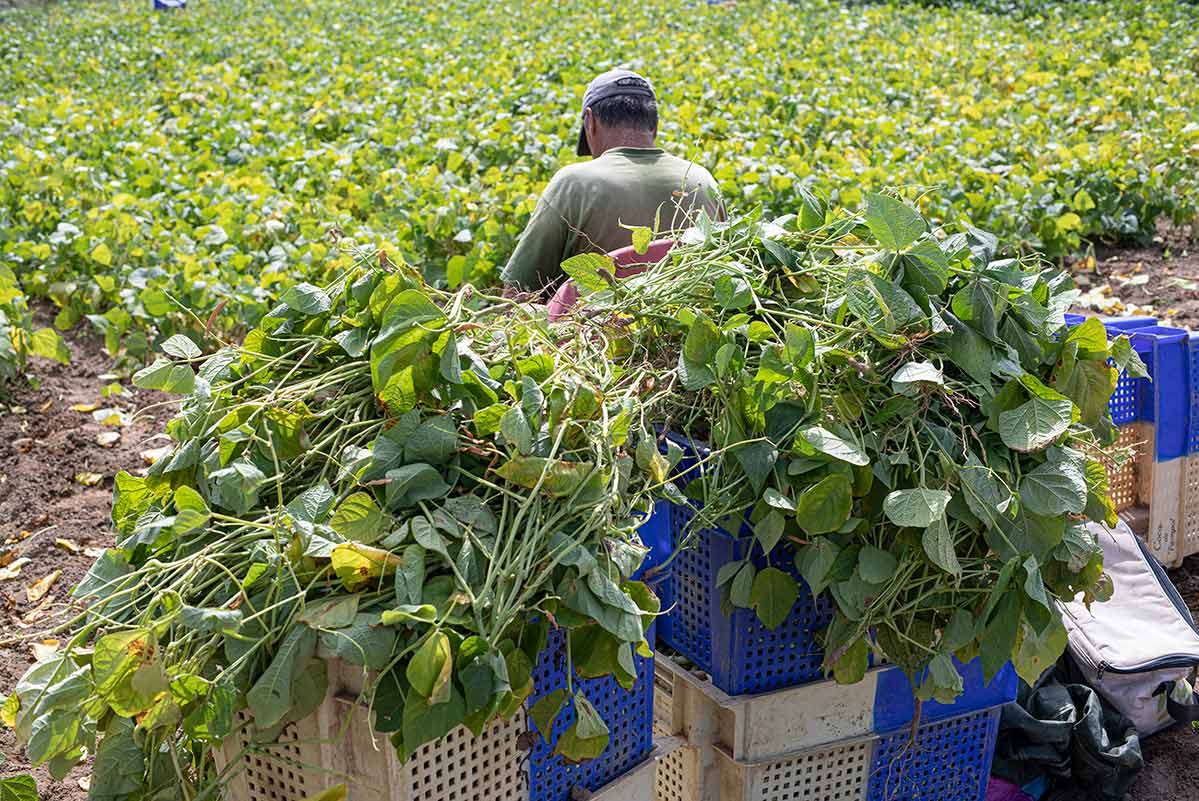
© ©Louis-Laurent Grandadam
An unusual harvest
In July, and only on sunny days, the fields are full of heads covered in straw or cotton sunhats. Chairs are scattered around each plot. The time has come to harvest this iconic bean by hand. The harvest lasts until late October, even though production peaks from late August to early September. While seated with an empty box at their feet and an armful of branches across their knees, the pickers quickly remove the bean pods from the stems of the plant, whose roots have already been trimmed. Known as “pluckers”, since the movement looks like they are plucking a chicken, these seasonal workers can gather 130-150 kilos of bean pods every day. “You know it’s ready when the leaves turn slightly yellow”, said Cécile Briand, who now runs the family farm. Planted from mid-April all the way through mid-summer, the beans can take 90 to 135 days to fully mature. The fields don’t require any irrigation. The soil is rich in substrates, and the temperate climate is ideal for this type of crop. The fields are hoed and weeded by hand. “To protect against aphids, which destroy the plant, and nettles, which injure the pluckers”, said the thirty-year-old farmer.
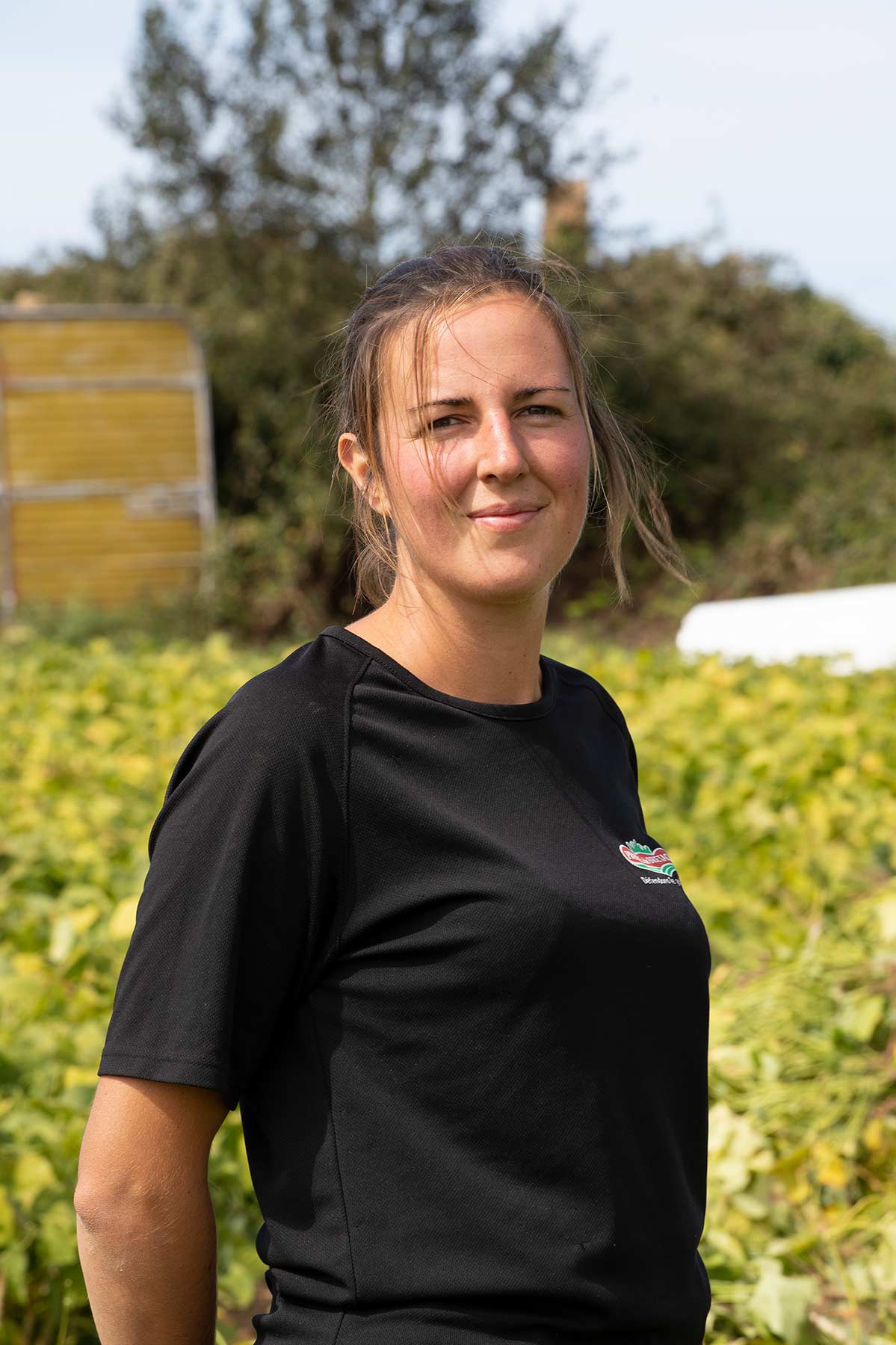
© ©Louis-Laurent Grandadam
From farm to table
Harvesting by hand means the quality of every pod can be checked. Pods that are still too green or contain fewer than three beans are discarded. The crates of beans are then sent to the cooperative. Every batch is refrigerated to prevent the beans from drying out. The pods are then sold in bulk or placed into nets that weigh either 10, 5, or 1 kg. “Whatever is delivered to the co-op today is packaged and sold the next day”. Until late October, farmers markets and the vegetable aisles in stores are packed with “semi-dry” beans, which feature a firm hull and beans with a thin, milk-white skin. The taste is anything but rustic, except from a slight hint of chestnut. The delicate flavour and melt-in-your-mouth texture of these beans make them the perfect addition to any number of pairings! Up to you to find your favourite!
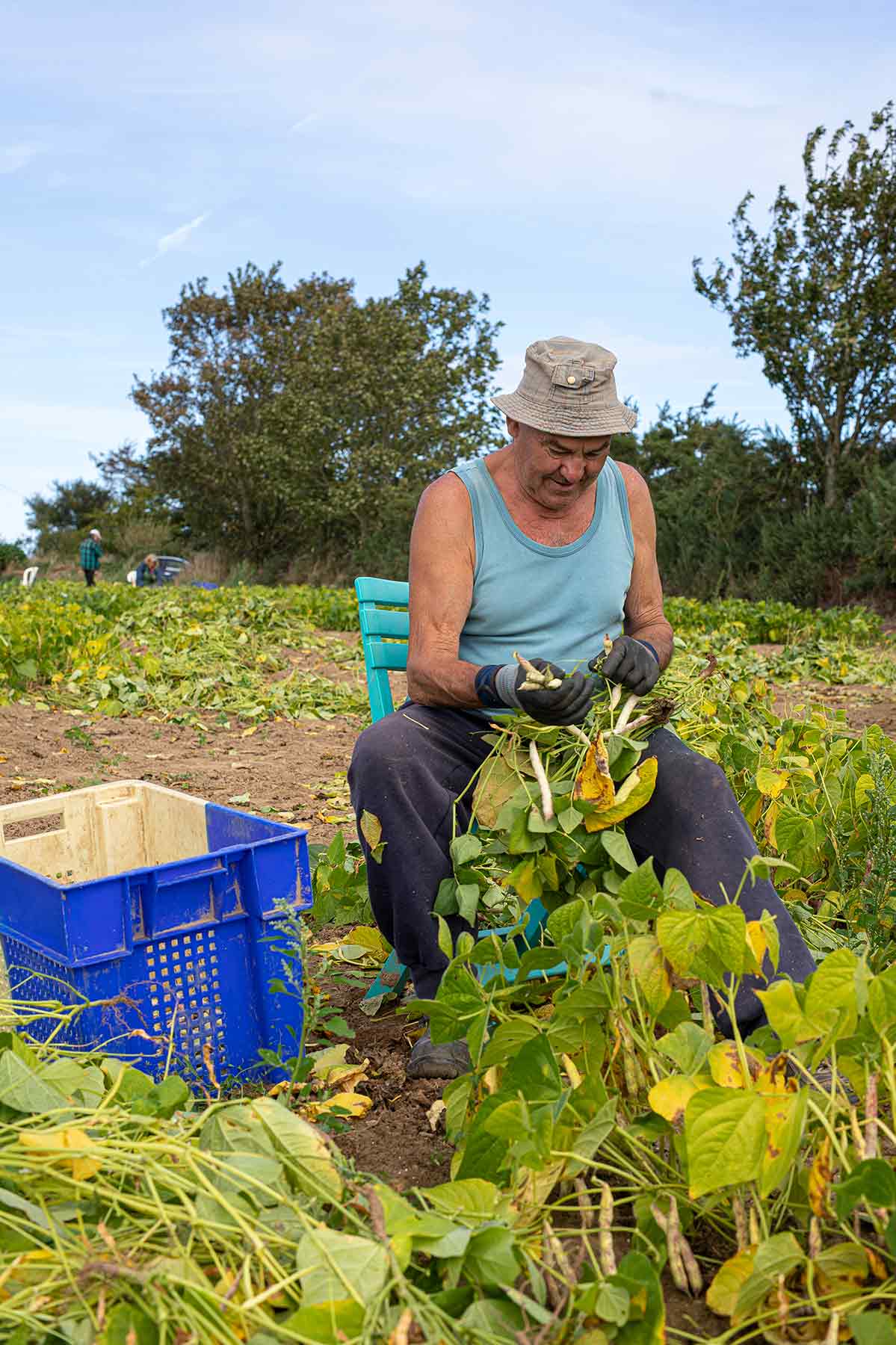
Contributor

Editor

